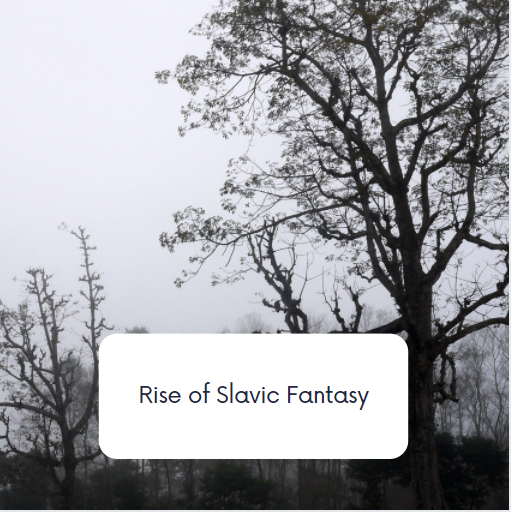
In recent years many an agent or book editor has shunned the “Secondary World Fantasy” often associated with “yet another Fantasy set in Medieval Europe,” (All the while publishing scores of the stuff.) But their argument has some validity. They wanted some “newness.” We’ve seen in recent years a score of new sub-genres appear and shoulder some space for themselves alongside the Secondary World Fantasy, and we’re the better for it. R. F. Kuang’s Poppy War brought an already growing and flourishing East Asian influenced Fantasy to the forefront. Evan Winter’s Rage of Dragons was the answer to the question on everyone’s tongues after the popularity of the Movie Black Panther—When will we start to see more Afro-Centric sci-fi and fantasy? Please note, that Rage of Dragons was actually released before Black Panther, so he had already asked the question. And NK Jemisin had already been very active as an author. It was Black Panther entering popular culture that brought attention to the genre, and opened the door for it to flourish.
When I set about to write Thrice, it was done so with a series of several challenges that I set for myself. I wanted a shorter book, rather than an epic. I wanted to capture the spirit of a popular plot theme (Lone Wolf and Cub), and I wanted to avoid an obvious Secondary World. So I looked to what I felt might also be on the rise, and fell within a vein I could do justice to, even if I myself was not of the culture. In this I found there was a another sub-genre of fantasy that had slowly been gaining traction—Slavic Fantasy.
We’ve rarely been without this sub-genre, but they were anomalies, from C.J. Cherryh Chernevog and Patricia A. McKillip’s In the Forest of Serre, but these have been anomalies. In the most recent years The Witcher has gained popularity from the Polish author Andrzej Sapkowski. From his books we’ve seen a very successful video game series, and now a mainstream television show on Netflix. Yet, even these books come not from recent years, but 1993 and on.
The more recent influx of popularity could more easily be attributed to the books of Naomi Novik, Uprooted and Spinning Silver. Set in a Slavic/Eastern European setting, as I began research work on Thrice, Uprooted was everyone’s must read book.
A Slavic Fantasy fit the bill. It could have deep emotions, brutal people, and strange creatures not seen in most fantasy settings. It was what I was looking for. And so, that was added to my list of goals—fold Slavic and Eastern European themes into the book. It’s interesting this hasn’t been done more often. Afterall, look at a map of Europe. What we westerners consider Europe (England, France, Italy, Germany, Spain, the Scandinavian Peninsulas,) these account for barely a third of what is actually Europe. As more writers start to realize this, I expect we’ll see more novels set in these rich Eastern European cultures, taking not a sharp left from the Secondary World Fantasies of the past four decades, but instead, a step to the left and into the mysterious world of Eastern Europe, we’ll all be the better for it.
